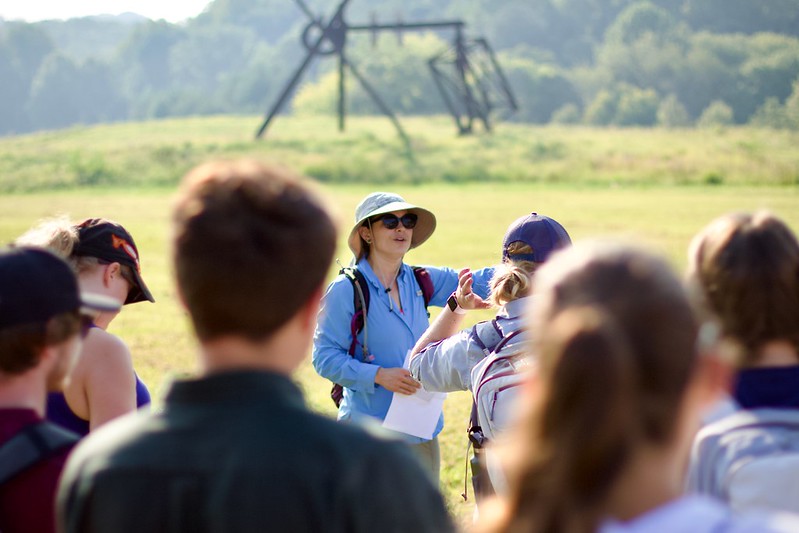A Parasitic Haunting: When Snakes are Eaten From Within
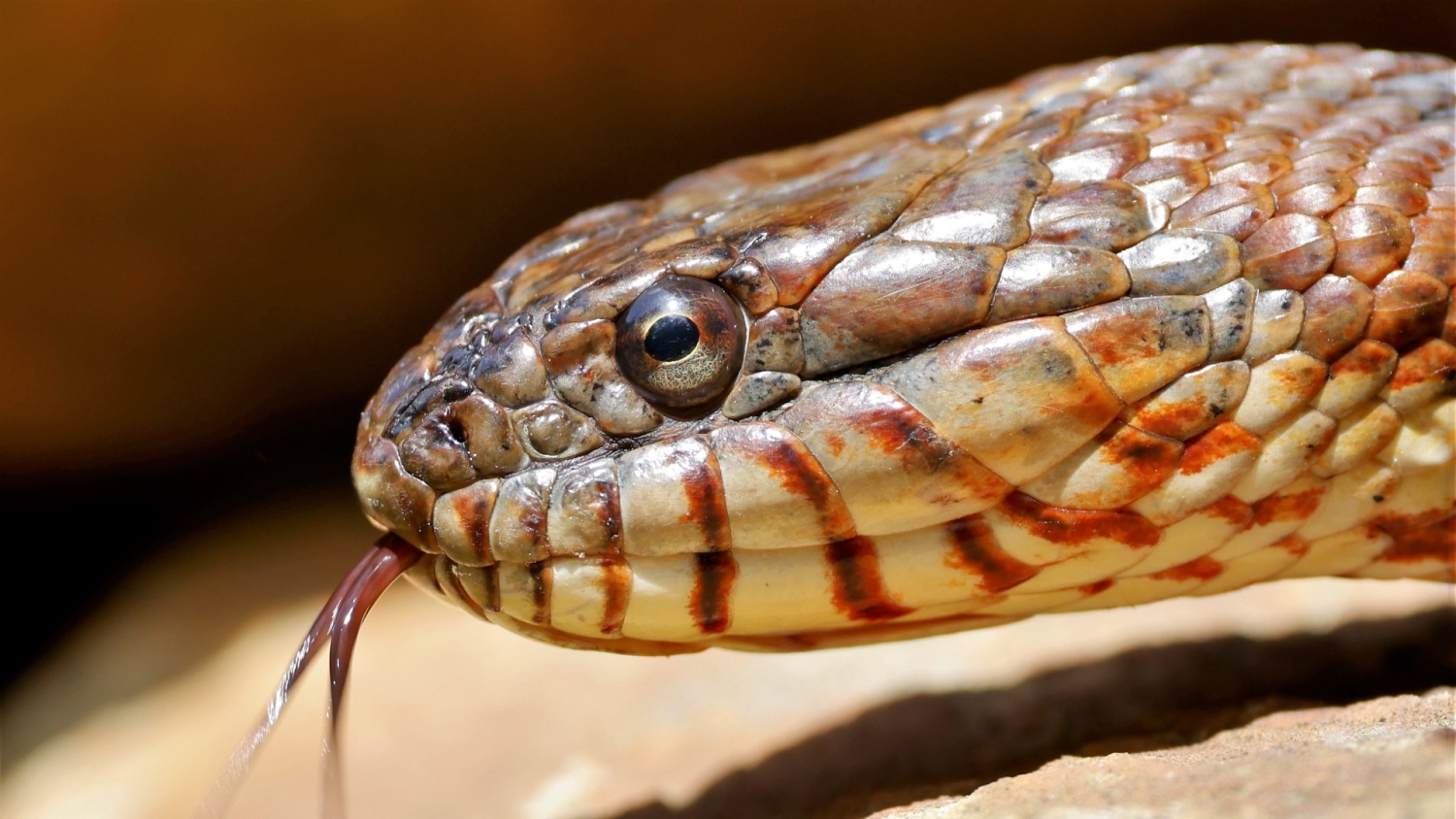
Amidst the sawgrass and cypress swamps of Everglades National Park, a 16-foot Burmese python slithers in search of its next meal. But something else is preying on the python from within.
A worm-like creature has made a home for itself inside the snake’s lungs, feeding on blood for survival as it slowly drains the life out of its host. The parasitic crustacean, called a pentastome, will lay its eggs inside the python before slowly crawling out through the reptile’s mouth as both itself and its host draw their last breath.
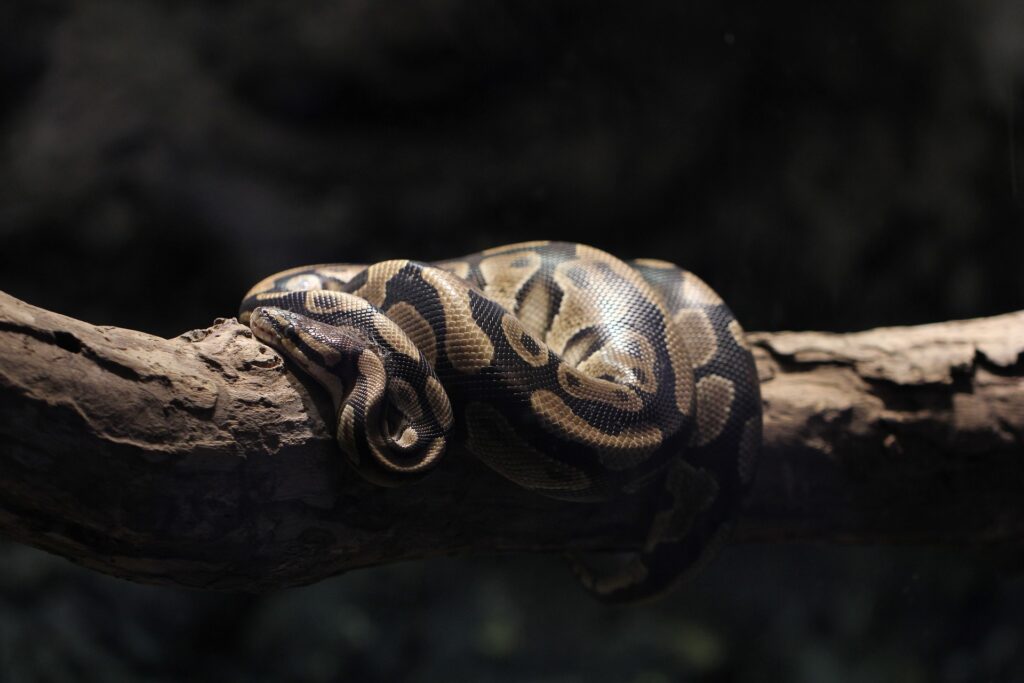
“Having a humongous worm living inside your lungs, you can imagine how that would compromise your physiology and your fitness,” says Skylar Hopkins, assistant professor in the Department of Applied Ecology in the College of Agriculture and Life Sciences at North Carolina State University.
As a parasite ecologist, Hopkins defines parasites as organisms that eat or get resources from a host species and are specific to one individual host for an entire life stage. One very well-known parasite is the parasitoid wasp. Parasitoid wasps paralyze a caterpillar or aphid and lay their babies inside them. The parasitoid wasp babies then proceed to eat their host from the inside out. Hopkins says these wasps actually save farmers billions of dollars every year that would otherwise be spent on pesticides.
But Hopkins doesn’t study parasitic wasps. Her research is focused on the parasitism of snakes. According to Hopkins, snakes and their parasites are understudied, with only about half of all known snake species in the U.S. and Canada having ever been assessed for parasites. Parasites can tell a researcher a lot about a host species’ diet, predators, habitat, threats and behavior. By studying the parasites that hunt them, Hopkins hopes to learn more about snake ecology.
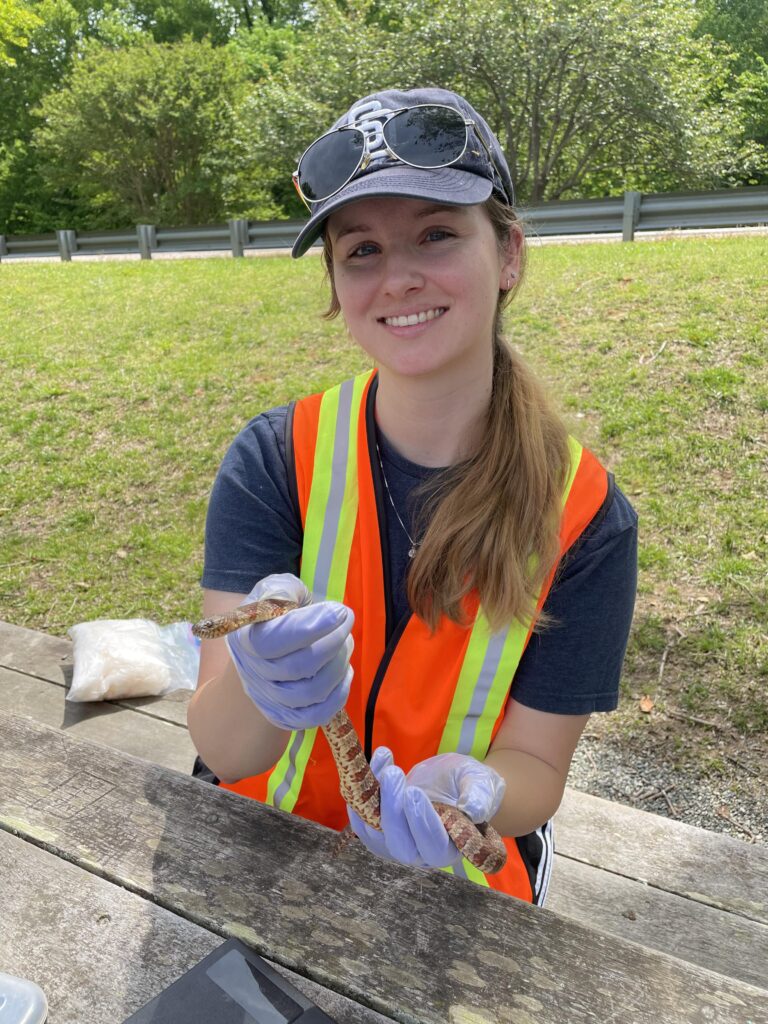
“If we find out that two snakes are sharing the same parasite species, that probably means that they’re occupying similar habitats and have similar diets and things like that,” she says. “Understanding parasites can tell us important things about snakes and their ecology.”
As masters of disguise, snakes have made it hard for people like Hopkins to study them. Because wild snakes are so difficult to find and track, it’s hard to study how parasites change snake behavior or impact snake health during their lifespan. There are some methods to track individual snakes by implanting them with transmitters, but Hopkins says that is rather grueling, resource-intensive fieldwork.
“One of our lab’s favorite types of parasites to study is called the trematode, which is a parasitic worm often found in a snake’s mouth,” she says. “We either try to collect parasite eggs in a fecal sample or we can gently ask a snake to open its mouth. We can then see little parasites that live just on the roof and sides of the mouth and pick them out with tweezers.”
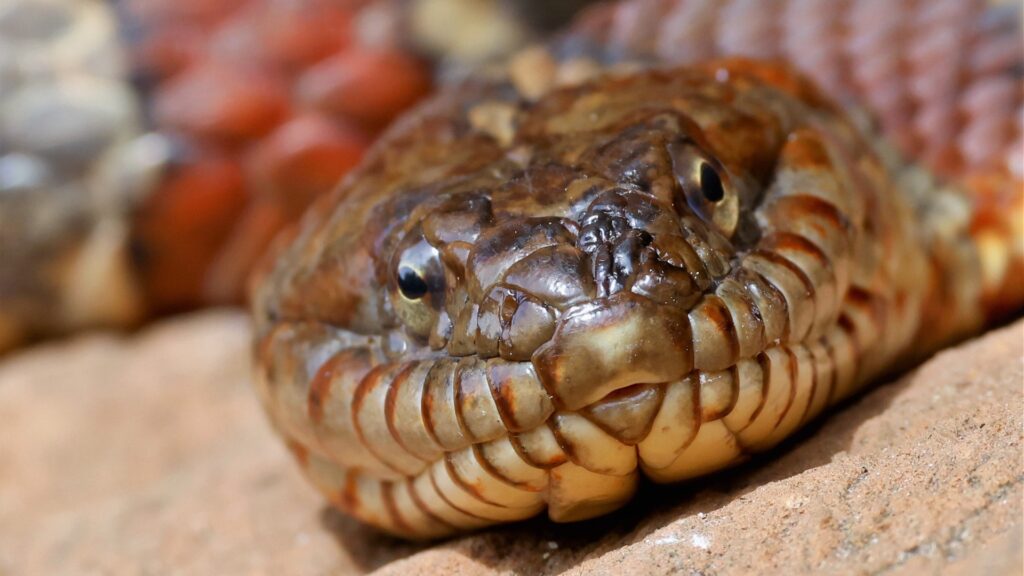
To coax a snake to open its mouth, Hopkins and her students simply press a small metal bar to its lips. Because snakes can famously open their mouths really wide, Hopkins says it’s easy to see if the snake is playing host to a band of trematodes, which are small but still visible to the naked eye.
“We work with water snakes, which are notoriously spicy, but they’re non-venomous and rarely bite us. They do have other defenses which I personally enjoy less than a bite, which is that many of them musk or just poop all over you as a defense. It is quite unfortunate to behold,” Hopkins says. “It’s nice to have lots of youthful energy in the lab with people who want to chase and catch snakes.”
When students with Hopkins’ Sustainable Health Ecology Lab aren’t catching live water snakes with their gloved hands, they are mostly collecting snake specimens that have been brought to them as roadkill, or ones that they troll the roads for themselves. Road cruisers — people who actively search for snakes and amphibians on the road — send their discoveries to the North Carolina Museum of Natural Sciences. Those that don’t make it into the collection are donated to Hopkins’ lab for research.
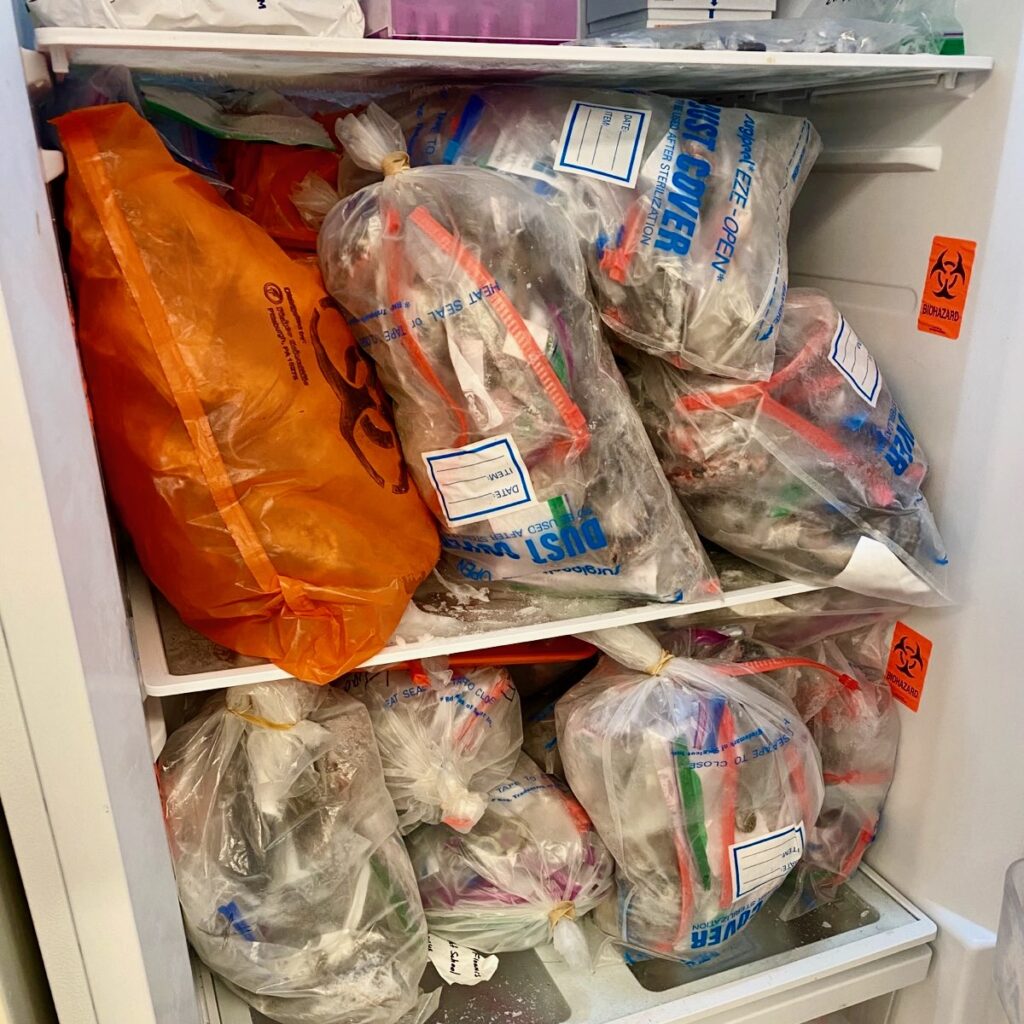
This means that somewhere on the NC State campus is a freezer full of dead snakes. Parasites die pretty quickly after a snake dies, so the frozen roadkill snakes that make it to Hopkins’ lab contain the dead parasites. Hopkins’ lab members dissect these dead snakes to describe the parasite biodiversity within them, which has led to the discovery of several new parasite species.
More broadly, Hopkins researches parasites with a conservation lens to better understand ecosystems and help determine more effective ways of protecting them. Because parasites are so abundant, they act as a major food source and therefore control how energy flows from one species to another. Hopkins says these connections sometimes happen in ways we might not expect.
“The way that parasites form all these connections in ecosystems actually impacts how these ecosystems work and how vulnerable they are to change,” she says.
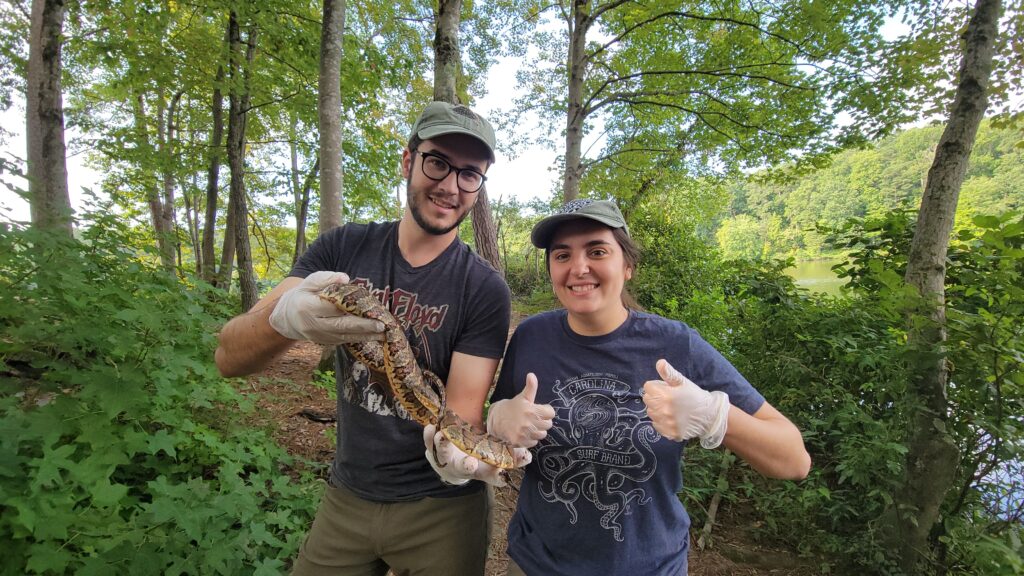
In an effort to better understand parasites and their ecological role, Hopkins is the co-chair of the new Parasite Specialist Group for the International Union for Conservation of Nature (IUCN), a volunteer expert network that assesses the conservation threat of living species around the world. Hopkins’ group is charged with assessing the conservation threats of parasites, with an initial focus on multi-cell (or metazoan) parasites that use vertebrates as their host species. This includes everything from parasitic worms and mites to fleas, ticks and lice. Hopkins says that while there are hundreds of thousands of metazoan parasite species, fewer than five have ever been assessed for the IUCN Red List of Threatened Species, a critical indicator of the health of the world’s biodiversity.
“It’s good to have these very complex and connected ecosystems,” Hopkins says. “But on the other hand, it shows us that when we get disruptions to ecosystems, we might be losing a lot more species than we originally thought. What we might think is a small change to an ecosystem might actually be twice as big because there are all these extra connections that we hadn’t even thought about before.”
This post was originally published in College of Agriculture and Life Sciences News.

